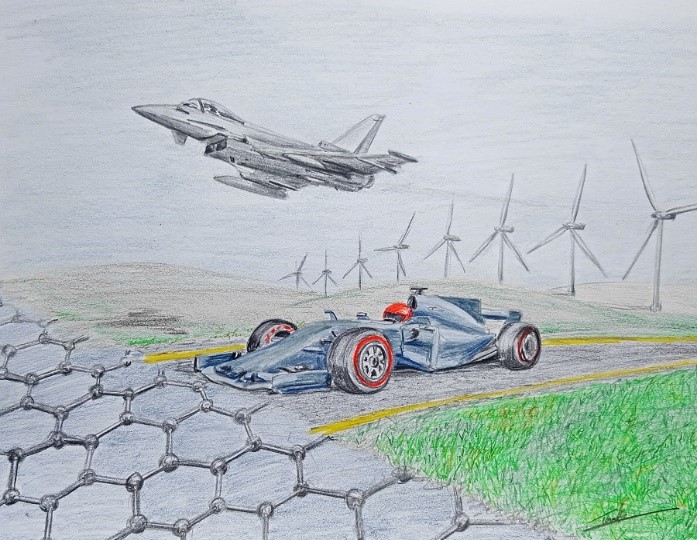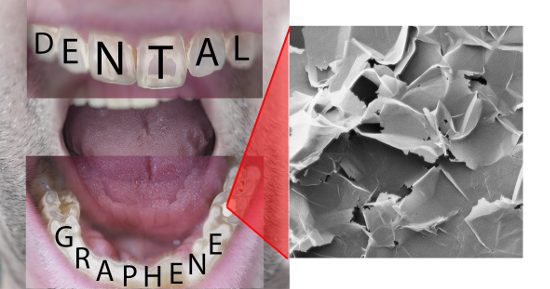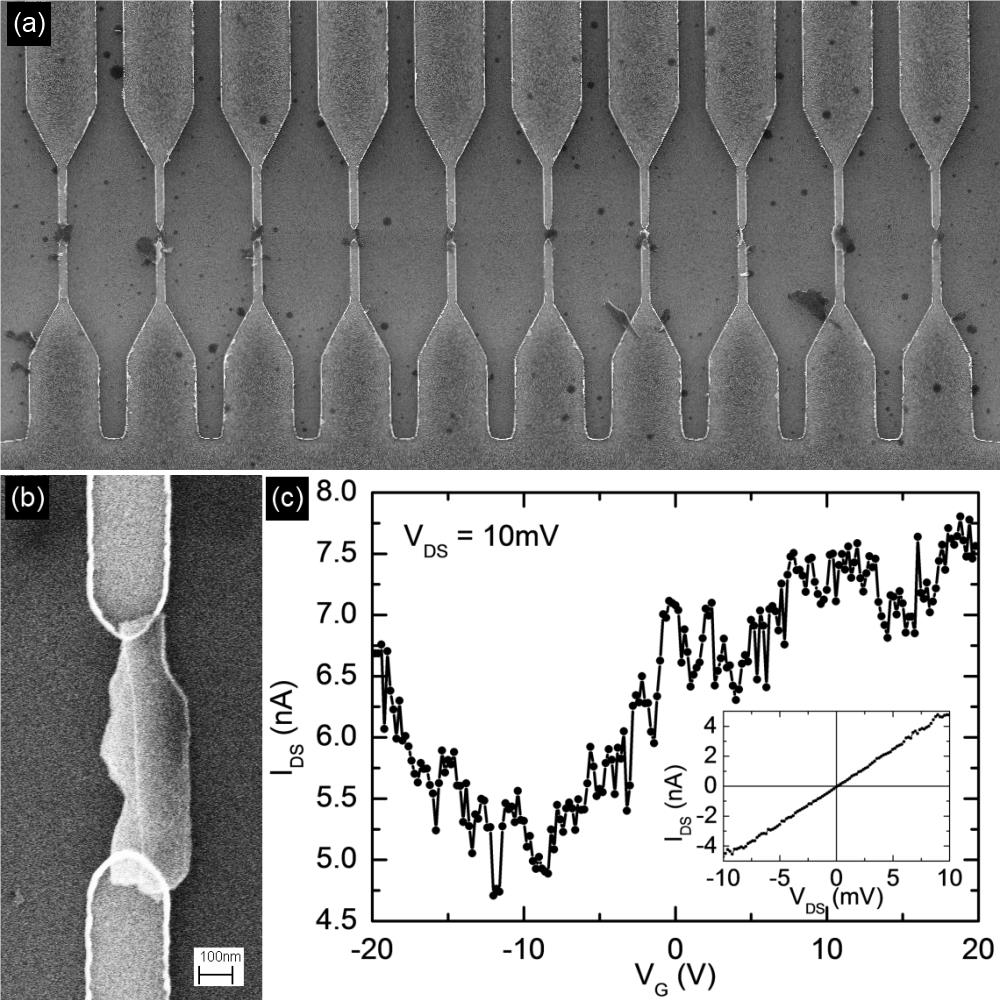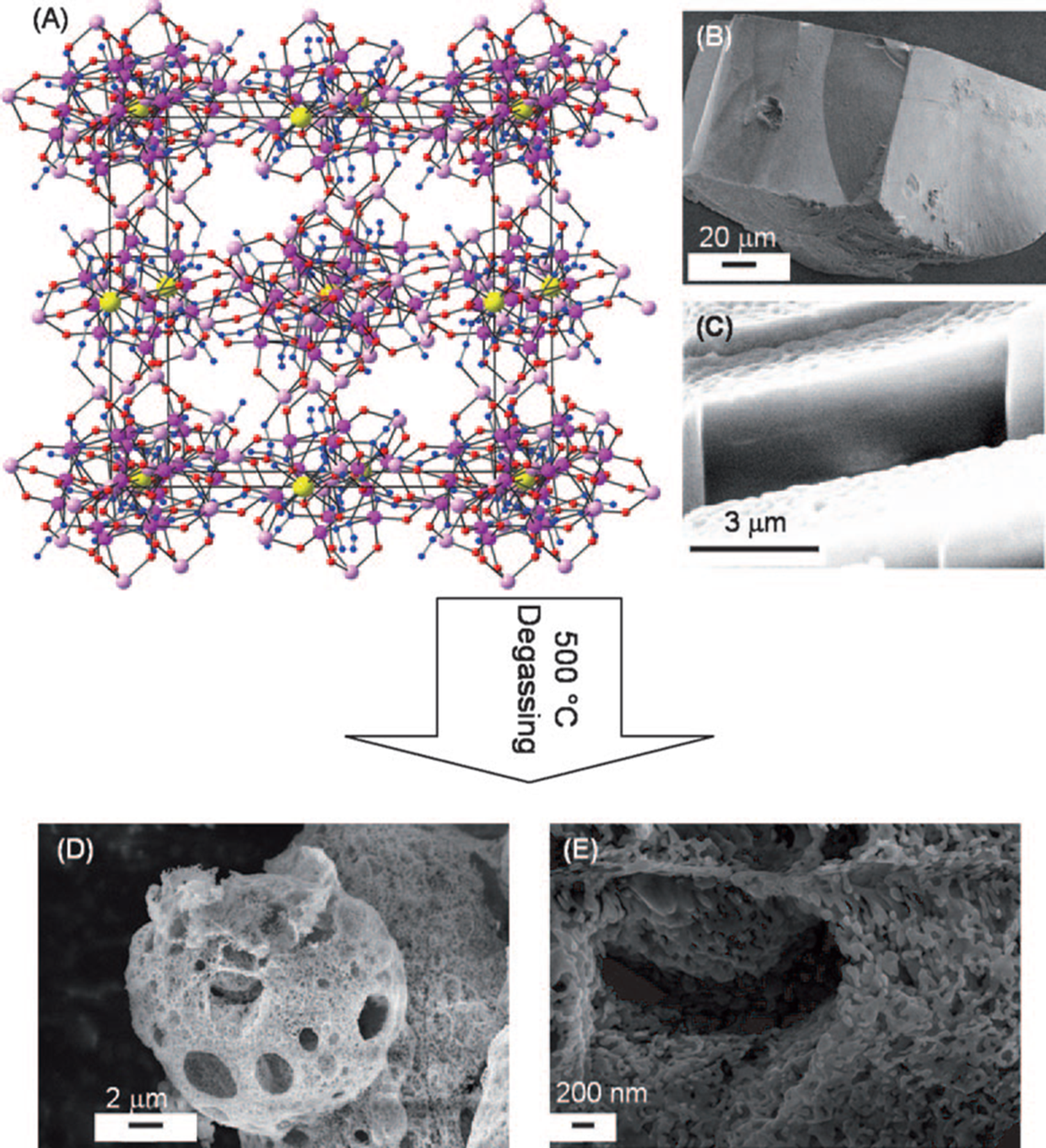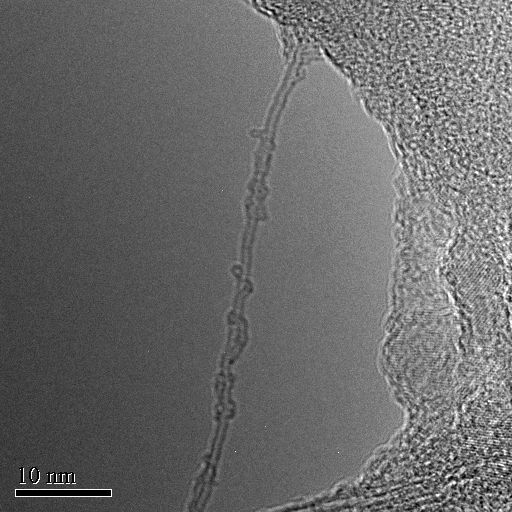The locally defined growth of carbon nanofibers with lambda shape in an open flame process is demonstrated. Via the growth time, the geometry of the structures can be tailored to a Λ- or λ-type shape. Microchannel cantilever spotting and dip-pen nanolithography are utilized for the deposition of catalytic salt NiCl2 · 6H2O for locally controlled growth of lambda-shaped carbon nanofibers. Rigorous downscaling reveals a critical catalytic salt volume of 0.033 μm³, resulting in exactly one lambda-shaped carbon nanofiber at a highly predefined position. An empirical model explains the observed growth process.
Author(s): Christian Lutz, Uwe Bog, Tobias Loritz, Julia Syurik, Sharali Malik, Chethala Neelakandhan Shyam Kumar, Christian Kübel, Michael Bruns, Christian Greiner, Michael Hirtz, Hendrik Hölscher
doi:10.1002/smll.201803944





